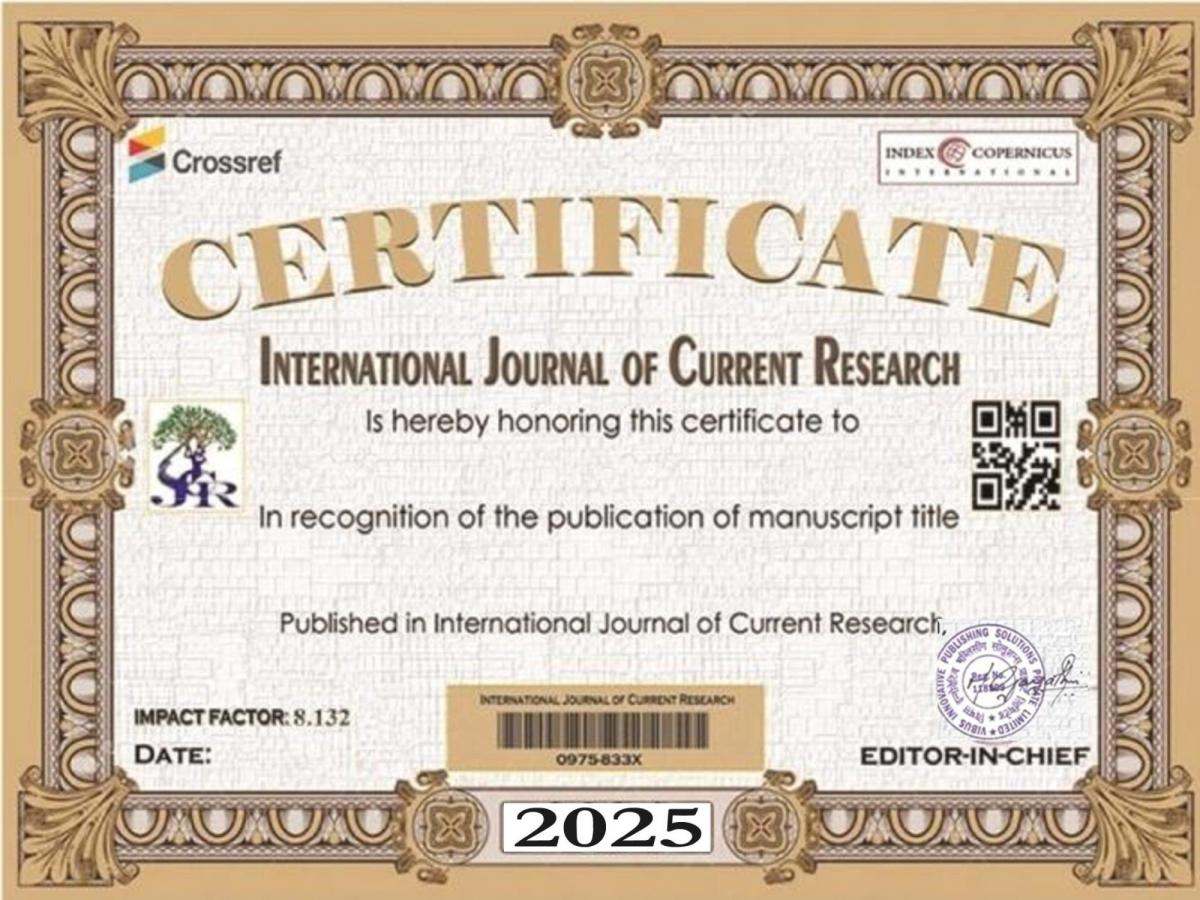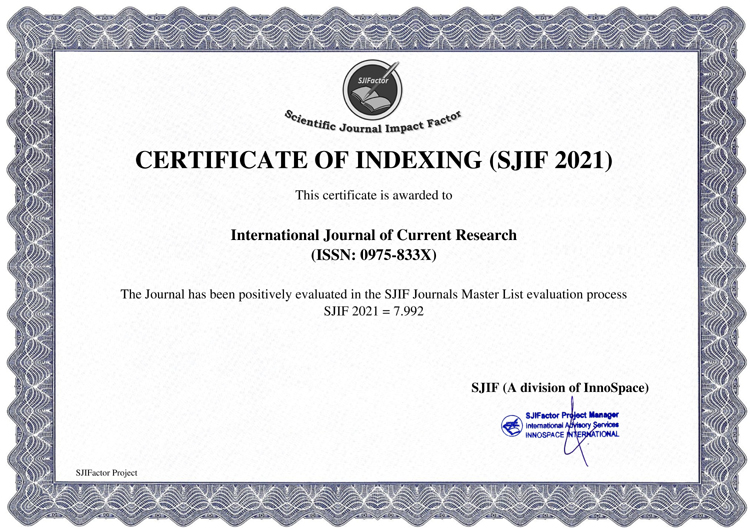Soil Management to Increase yield and Income of Rice Participatory Farmer to Sustainable start to 2021-2023 in Thung Ma Hue, Tan Sum District, Ubon Ratchathani Province. The objective of this study is to compare soil management suitable for growing Jasmine Rice 105 and Khorkor 43 variety, including the economic returns of each method or farmers to accept and implement them. The experiment consisted of 3 methods: 1) soil management by farmers. 2) soil management by chemical fertilizers with manure (cow manure) and 3) soil management by chemical fertilizers according to soil analysis with compost, bio-fermented liquid and green manure. The method used with Jasmine rice 105 and Khorkor 43 variety, and this experiment using Split Plot in RCBD for 3 replicates. The results that the chemical fertilizers according to soil analysis with compost, bio- fermented liquid and green manure will be rice height, tillering, number of seeds/ears, weight of 100 seeds, and rice yield higher than all methods, both in the Jasmine rice 105 and Khorkor 43 variety. The analyzing statistical, found that the response of rice height and the number of seeds/ears will be influenced only the variety factor. As for rice tillering and rice yield, found that were influenced only by factors related to different varieties and soil management methods. And found that the weight of 100 grains of rice was influenced only factor of soil management methods. For soil chemical properties, the soil pH and organic matter to be increase all methods. This may be due to organic matter from compost or green manure has resulted increase resistance to pH changes in soil to balancing, causing to have a higher soil pH. In addition, the exchangeable potassium in soil to be increased, probably due to many of residual fertilizer remaining in soil, together with the plants to absorb only a small exchangeable potassium, resulting increased potassium accumulation in the soil. more etc. As for electrical conductivity and the available phosphorus, it was found that there was a tendency to decrease. This may be due to the soil pH before experiment was very acidic, affect the available phosphorus, moreover the very acidic will be many aluminum ions (Al3+) to dissolve and extent that it is toxic to plants, which mostly in soil with a pH lower than 4.7. The aluminum ion will react with available phosphorus in form a complex compound that is difficult to dissolve and to fixed in soil, resulting that have available phosphorus decreased or low. In terms of economic returns, it will be that in both of jasmine rice 105 and Khorkor 43, the using compost with bio- ferment liquid, green manure and chemical fertilizer according to soil analysis (T3) will give economic returns over all methods, for 11,324.10 baht/rai (Jasmine rice 105) and 4,787.25 baht/rai (Khorkor 43), respectively.





